- Home
- Tools
- Power Tools
- Sanding Finishing Tools
.....Read More

Band Files
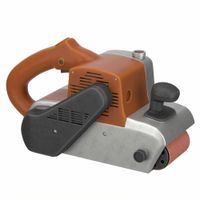
Belt Sanders
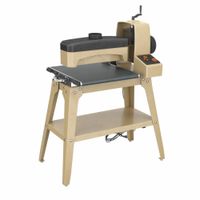
Drum Sanding Machines

Drywall Sanders
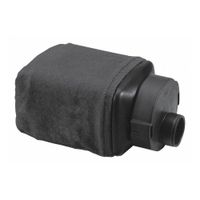
Dust Collection Accessories for Sanders
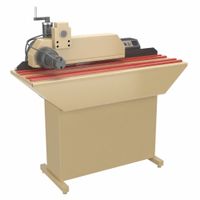
Edgebanders
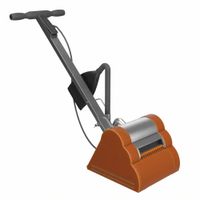
Floor Sanders & Accessories

Polishing & Buffing Power Tools
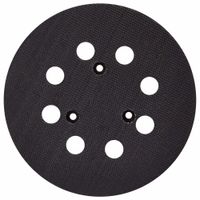
Replacement Backing Pads for Power Sanders
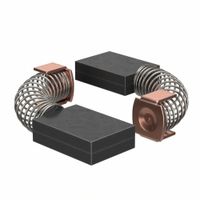
Replacement Parts for Sanding & Finishing Power Tools
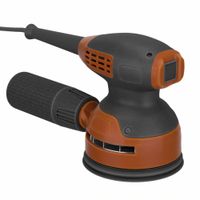
Rotary & Random Orbital Disc Sanders
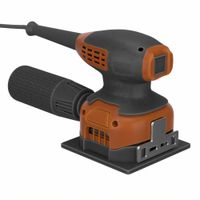
Sheet & Detail Sanders

Spindle Sanding Machines

Wide Belt Sanding Machines
Frequently Asked Questions
What is the difference between a rotary sander and a random orbital sander?
How do I choose the right grit sandpaper for my project?
What safety precautions should I take when using a power sander?
How do I prevent swirl marks when sanding?
What is the best way to collect dust when sanding?
How do I maintain and clean my power sander?
Can I use a power sander on drywall?